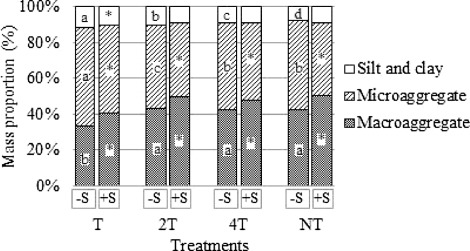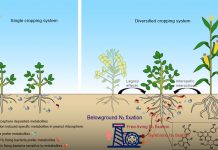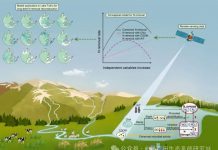Xianfeng Zhang,Xiuli Xina,Anning Zhu,Wenliang Yang,Jiabao Zhang,Shijie Ding,Lan Mu,Lingling Shao. Linking macroaggregation to soil microbial community and organic carbon accumulation under different tillage and residue managements. Soil and Tillage Research,2018,178:99–107
Abstract
The formation of aggregates plays a key role in shaping soil microenvironment, which in turn influences microbial community structure and organic carbon (C) dynamics in soil. The objective of this study was to identify the linkages between soil macroaggregation and microbial community as well as organic C accumulation using field samples following 9 years of conservation tillage. A wet-sieving method was used to fractionate soil aggregates and soil microbial abundance and community composition were determined using phospholipid fatty acid (PLFA) analysis. Compared to continuous tillage, reduced/no-tillage and straw returning significantly promoted soil macroaggregation and consequently increased organic C, C/N ratio and soil moisture but decreased the porosity and computed effective oxygen diffusion coefficients. The changes in these soil characteristics were closely related to the abundance and composition of microbial community. The abundance of microbial PLFAs in reduced/no-tillage soils was 30.0% higher in Gram-positive bacteria, 11.6% higher in Gram-negative bacteria, 71.7% higher in fungi and 45.4% lower in actinobacteria, whereas straw returning significantly increased all microbial PLFA abundances relative to straw removing. The ratios of bacteria/fungi (B/F) and monounsaturated/branched (M/B) PLFAs were significantly correlated with the volumetric soil water content, porosity, or computed effective oxygen diffusion coefficients. Soil macroaggregation and microbial community composition collectively explained 82.4% variation in organic C accumulation and their interaction made the largest contribution. Overall, soil macroaggregation under conservation tillage might cause a shift in microbial community to more fungi and anaerobes through primarily influencing soil moisture and aeration, which could effectively promote organic C accumulation in soil.








